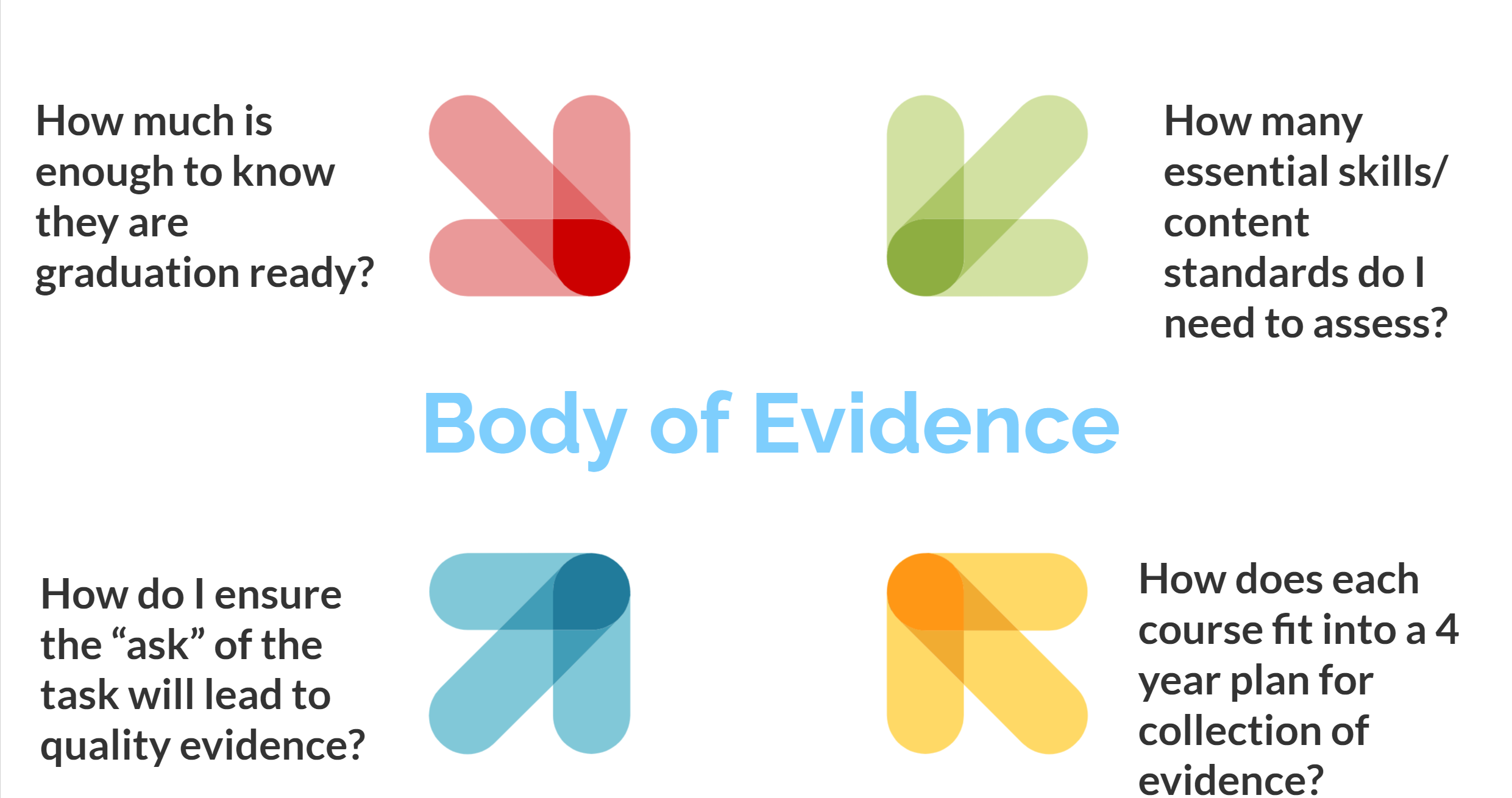As schools and districts incorporate performance assessments more widely, there's a predictable set of questions that start to emerge. Many of the questions hinge on sufficiency ("how much", "how many").

Guidelines for Sufficiency
The purpose of this module is to develop answers to those questions by drafting "Guidelines for Sufficiency". Guidelines for Sufficiency articulate how a Body of Evidence will be collected, how much evidence will be collected, what types of evidence will be collected, and when evidence will be collected.
As an example, let’s think about a phlebotomist. How many times does a phlebotomist in training have to demonstrate that he can draw blood from a vein to be deemed proficient? If he does it three times in a row on the same day without assistance, can he be deemed proficient or does he need to demonstrate it over a series of days, weeks, or months? Can he only draw from the forearm on perfectly healthy subjects, or does he have to be able to draw from subjects that are dehydrated, young, squirming, and/or cannot have blood drawn from the arm?
Now let’s extend to an academic example: finding percentages of numbers. How many times, with how many different sets of numbers, does a learner have to do this operation before she is deemed proficient? If she does twenty-five problems from the textbook for homework, is that enough? Can she only do it when the problem is set up visually on the paper a certain way or with only whole numbers? Does she know when to solve for percent in a real-world context? Determining Guidelines for Sufficiency before you begin evaluating a Body of Evidence will ensure that you have enough evidence to make a judgment about a learner’s proficiency.